Travel is more than moving from one place to another—it’s about stepping into traditions, customs, and ways of life that feel different from your own. Cultural experiences let you connect with people beyond language, through food, rituals, and shared practices. It can turn a regular trip into something that lingers long after you return home.
Here is a list of 15 immersive cultural experiences from around the world that bring history, tradition, and daily life closer than any guidebook ever could.
Attending a tea ceremony in Japan
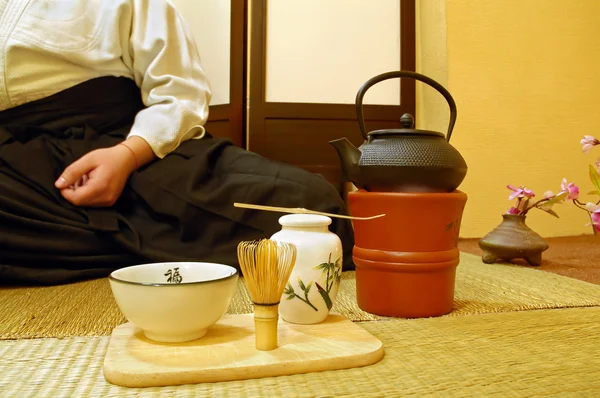
In Japan, tea is more than a drink—it’s a ritual centered on precision, respect, and balance. A traditional tea ceremony might seem slow compared to modern life, but that’s the point—it teaches you to notice small details.
From the way the tea is whisked to the silence between steps, every action has meaning. Sitting on tatami mats while sipping matcha gives visitors a glimpse into centuries-old traditions.
Learning flamenco in Spain
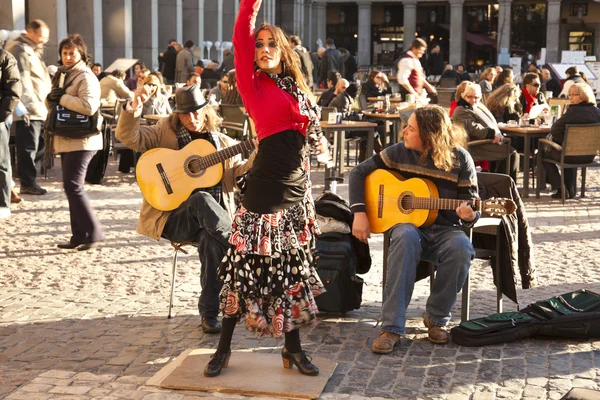
Spain’s flamenco is not just about music or dance—it’s an emotional expression of passion and rhythm. Joining a local class in Seville or Granada allows travelers to feel the intensity behind the sharp footwork and flowing hand movements.
The pounding of heels against wooden floors mixes with the guitar’s strum in a way that feels almost hypnotic. Even beginners come away with a sense of the art form’s soul, not just its technique.
Like Travel Pug’s content? Follow us on MSN.
Participating in a cooking class in Thailand
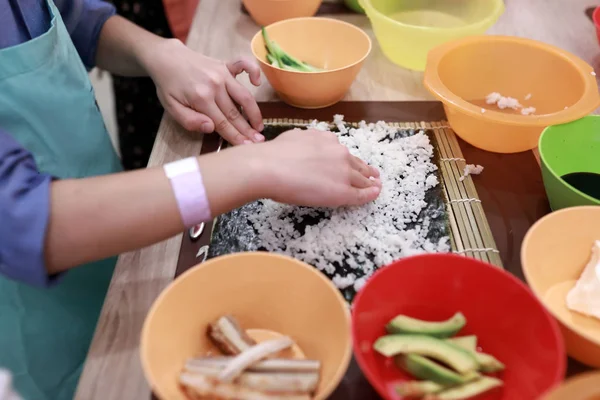
Thai food bursts with flavor, and learning how to make it brings you closer to the culture than ordering it at a restaurant. Local markets introduce you to ingredients like lemongrass, galangal, and bird’s-eye chilies.
Guided by a local chef, you’ll stir fragrant curries, balance sweet with spicy, and maybe even pound curry paste by hand with a mortar and pestle. The best part is sitting down afterward to enjoy the meal you helped create.
Exploring hammams in Morocco
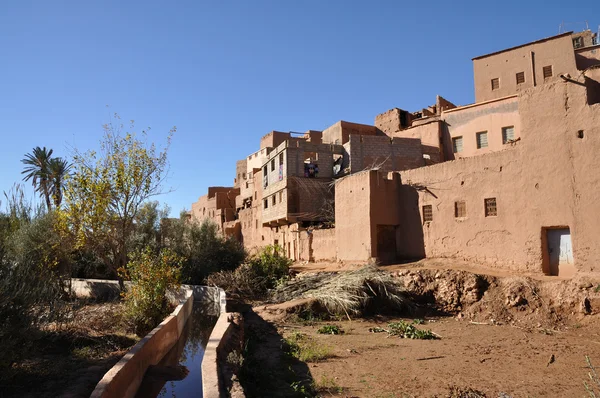
Moroccan hammams are more than bathhouses—they’re social spaces tied to tradition and community. Stepping inside means going through stages of cleansing with steam, scrubbing, and rinsing.
The heat and treatments may feel intense, but they leave you refreshed and connected to a practice locals have relied on for centuries. Emerging from the hammam, you understand why it’s considered both a physical and spiritual reset.
Joining a tango lesson in Argentina
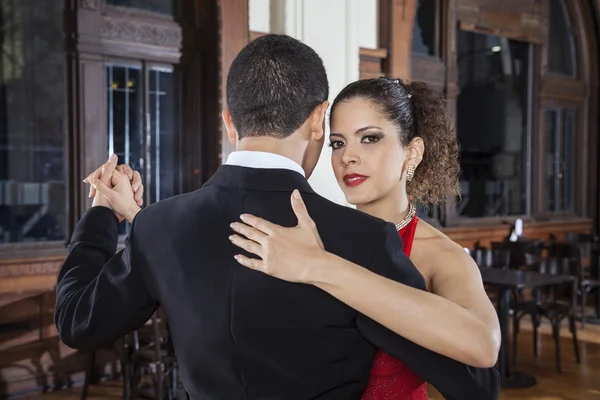
Buenos Aires lives and breathes tango, a dance born in the city’s working-class neighborhoods. Taking part in a lesson shows how closely movement, music, and emotion intertwine in this art form.
The sharp turns, dramatic pauses, and close embrace create a rhythm that feels both playful and powerful. Even if you stumble through steps, the experience makes you part of a living tradition that defines Argentina’s identity.
Like Travel Pug’s content? Follow us on MSN.
Witnessing a Maasai ceremony in Kenya
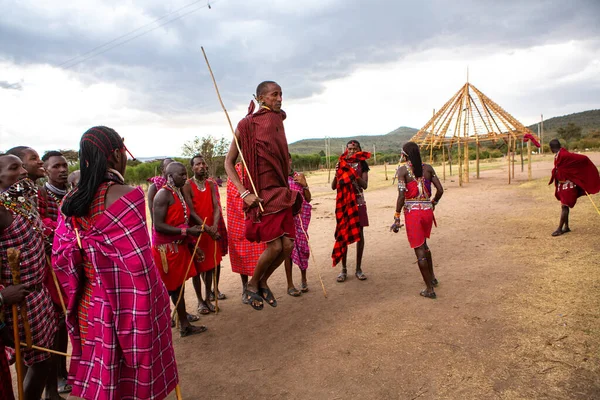
The Maasai people are known for their vibrant clothing, beadwork, and distinct cultural practices. Visitors who respectfully participate in a ceremony may witness dances, chants, or traditional rites that have been passed down for generations.
The jumping dance, where young men leap in rhythm, is both a display of strength and cultural pride. Being welcomed into such a gathering highlights the community’s strong sense of heritage and resilience.
Practicing calligraphy in China
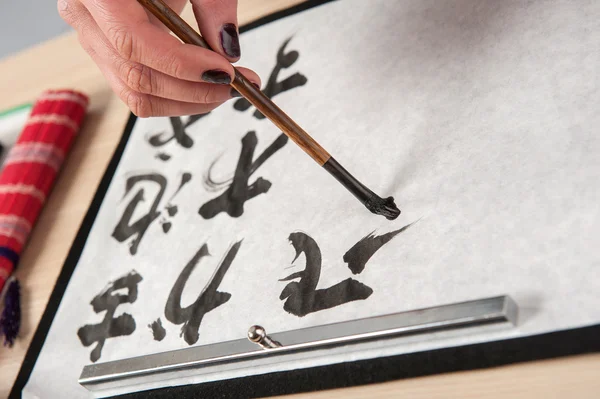
Chinese calligraphy is not only writing—it’s considered an art that reflects patience and discipline. Using a brush dipped in ink, visitors learn how strokes combine to form characters with meaning and beauty.
The careful motion of the brush requires focus, turning writing into meditation. By the end, you’ll see why calligraphy has been treasured in Chinese culture for thousands of years.
Sharing an Ethiopian coffee ceremony
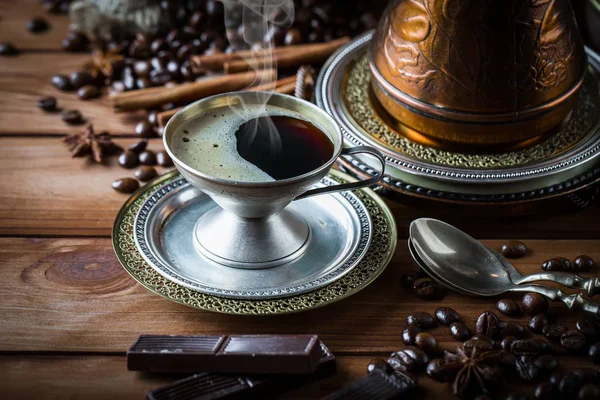
Coffee in Ethiopia is more than a beverage—it’s a ritual of hospitality and connection. A traditional ceremony begins with green beans roasted in front of guests, filling the air with rich aroma.
The beans are ground, brewed, and poured three times, each round symbolizing friendship and community. Participating in this process highlights how deeply coffee is woven into daily life and social bonds.
Like Travel Pug’s content? Follow us on MSN.
Experiencing Carnival in Brazil
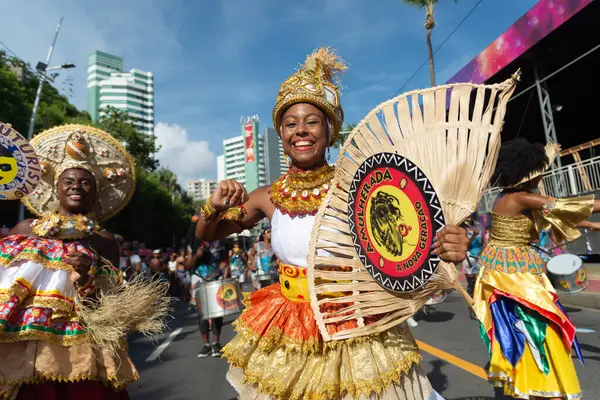
Carnival in Rio de Janeiro is a spectacle of color, music, and dance, but being part of it goes beyond watching from the sidelines. Samba schools rehearse for months, and joining their celebrations shows the energy behind the parades.
The streets fill with locals in costumes, moving to rhythms that seem impossible not to dance to. It’s a moment when joy and creativity spill into every corner of the city.
Sleeping in a Mongolian ger
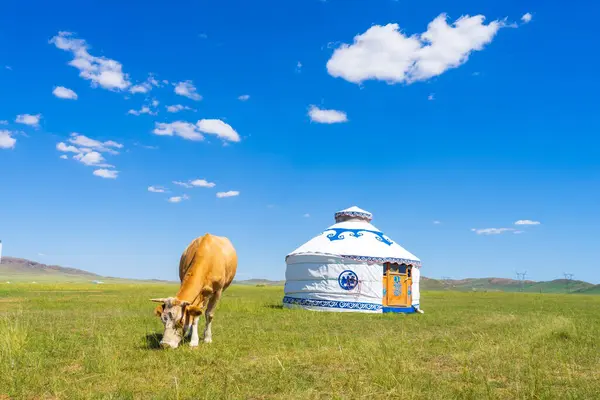
On the wide grasslands of Mongolia, families live in gers—round tents that are both portable and practical. Spending a night inside one lets visitors see how people have adapted to the nomadic lifestyle for centuries.
Meals might include hearty stews or dairy products, shared while sitting around a central stove. Waking up surrounded by open steppe makes you appreciate the simplicity and resilience of life on the move.
Taking part in Diwali in India
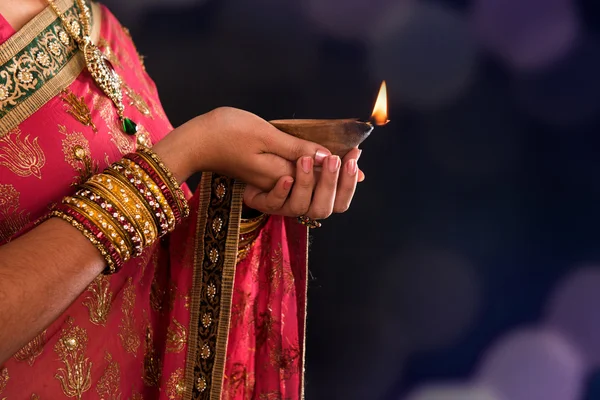
Diwali, the festival of lights, transforms Indian cities and villages with glowing lamps and fireworks. Families gather to light diyas, decorate homes, and share sweets in a celebration that represents the triumph of light over darkness.
Visitors who join these gatherings experience more than a holiday—they see how community and tradition intertwine. The warmth of Diwali isn’t just from the lamps, but from the way people open their homes to others.
Like Travel Pug’s content? Follow us on MSN.
Learning Maori traditions in New Zealand
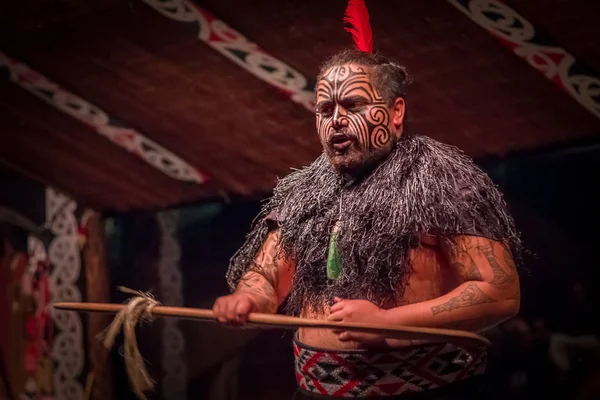
The Maori people share their culture through performances, storytelling, and rituals like the haka. Visitors might experience these in community centers known as marae, where hospitality is central.
The haka, a powerful chant and dance, often leaves audiences in awe of its intensity and meaning. Engaging with these traditions builds respect for the Maori worldview and their connection to the land.
Joining a drum circle in West Africa
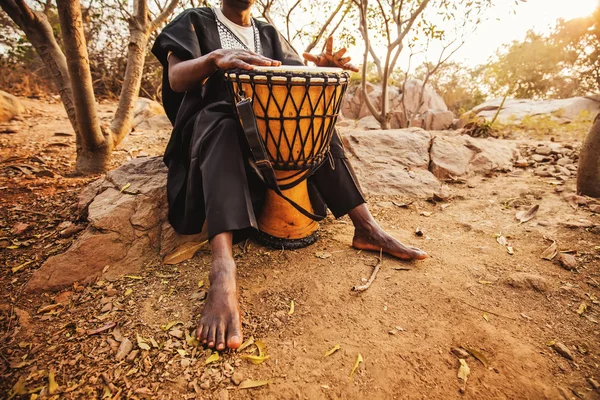
Drumming in countries like Senegal and Ghana is not only music—it’s a way of communication and storytelling. Visitors who join a drum circle quickly realize that rhythm connects people without words.
The beats may start simple, but as they layer, they create a pulse that brings the group together. Participating is both energizing and grounding, reflecting the cultural importance of music in daily life.
Celebrating Oktoberfest in Germany
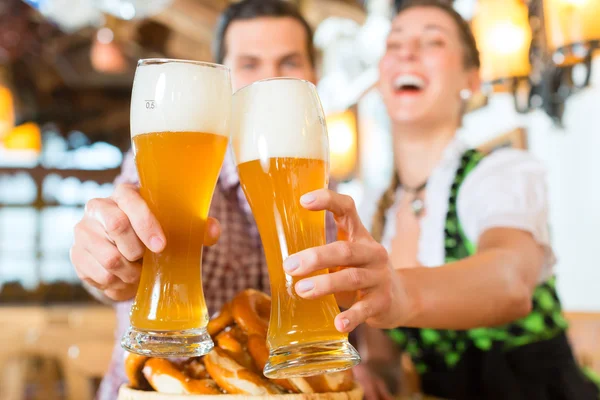
Oktoberfest in Munich may be famous for beer, but it’s also about tradition, costumes, and shared celebration. Locals dress in dirndls and lederhosen, music fills large festival tents, and long wooden tables encourage strangers to become friends.
Visitors experience Bavarian culture through folk dances, parades, and hearty food. The festival captures the spirit of togetherness that defines German hospitality.
Like Travel Pug’s content? Follow us on MSN.
Visiting Indigenous art workshops in Australia
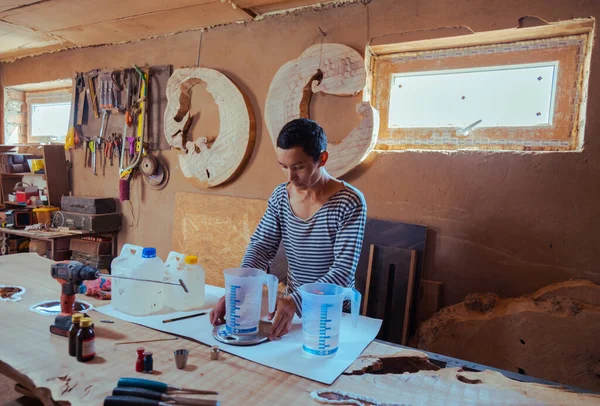
Aboriginal art is one of the oldest continuous art traditions in the world, filled with symbols tied to stories of the Dreamtime. Many communities offer workshops where visitors can learn painting techniques and the meaning behind certain patterns.
Creating a piece under guidance helps travelers appreciate the cultural depth behind every dot or line. These workshops not only preserve traditions but also share them with those eager to understand.
Traditions that keep cultures alive
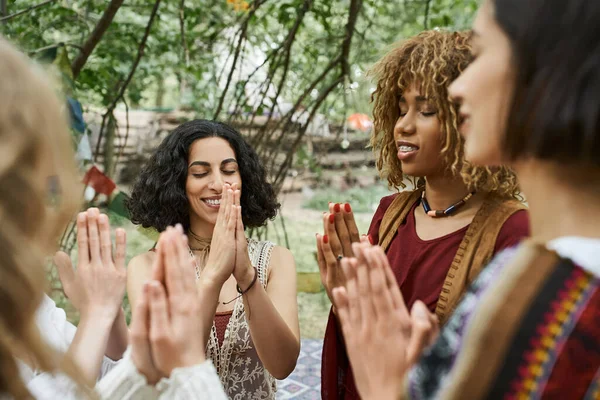
These experiences show that culture is best understood through participation, not observation. When travelers take the time to cook, dance, or share in rituals, they step into rhythms that have guided communities for generations.
What may feel unfamiliar at first often leaves a lasting impression, connecting the past to the present. Around the world, traditions remain vibrant because people continue to live them—not just remember them.
More from Travel Pug

- 20 Best Beach Towns in the Carolinas
- 13 Destinations Where Tourists Regularly Regret Their Trip
- 20 Things You Actually Get in First Class
- 20 Small Airports With Aviation Museums
- 20 Places in the U.S. That Are Perfect for a Reset Trip
Like Travel Pug’s content? Follow us on MSN.
